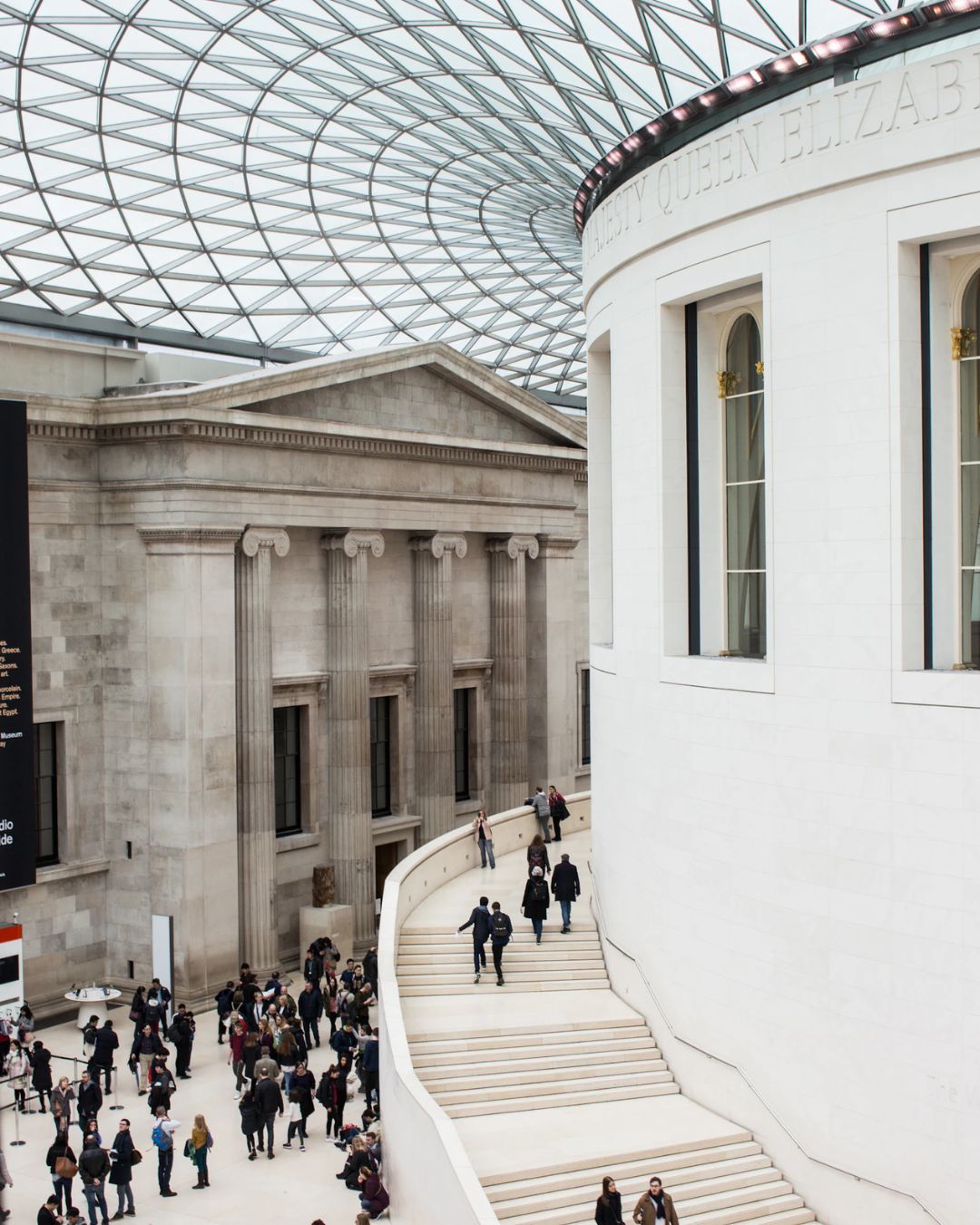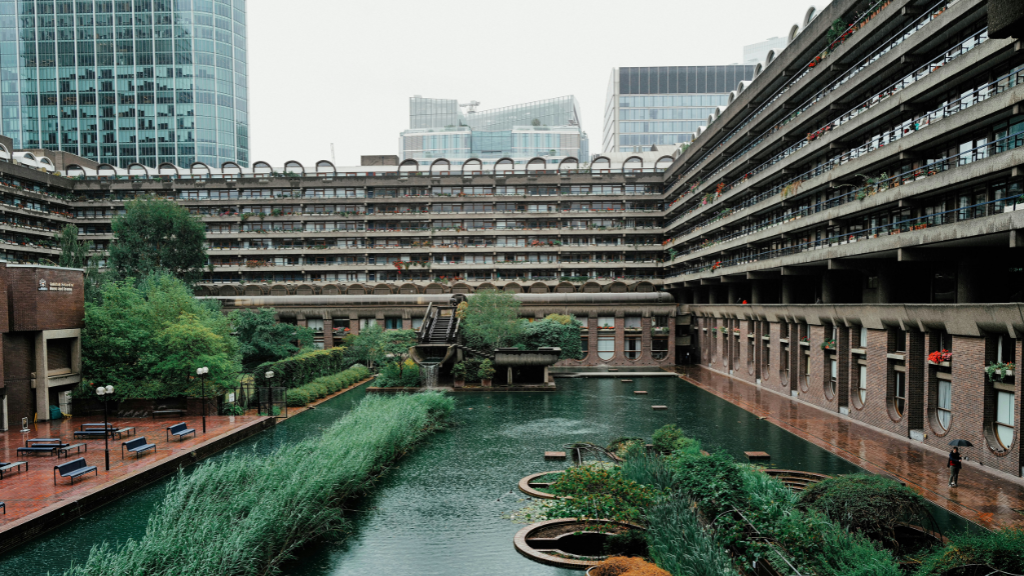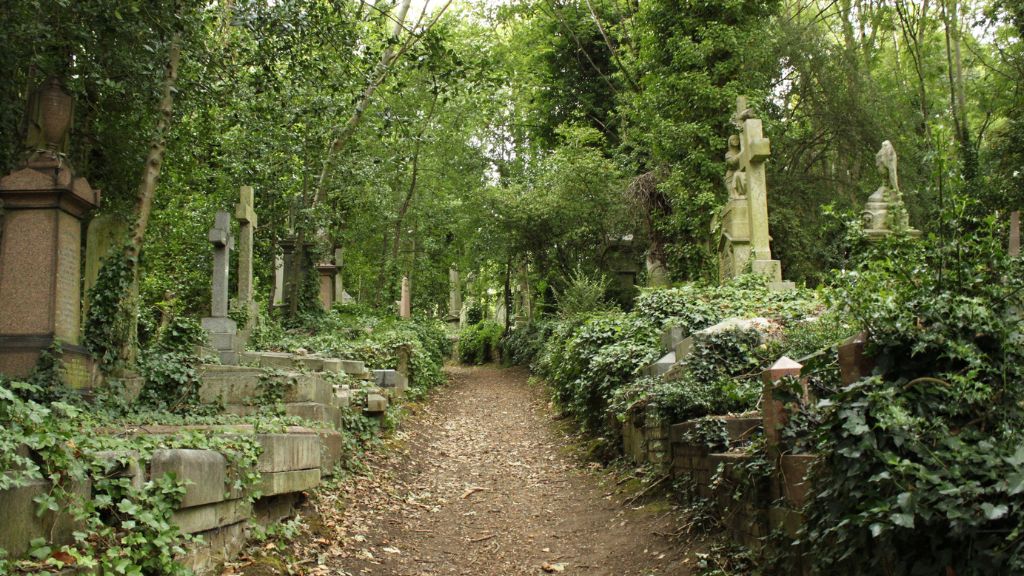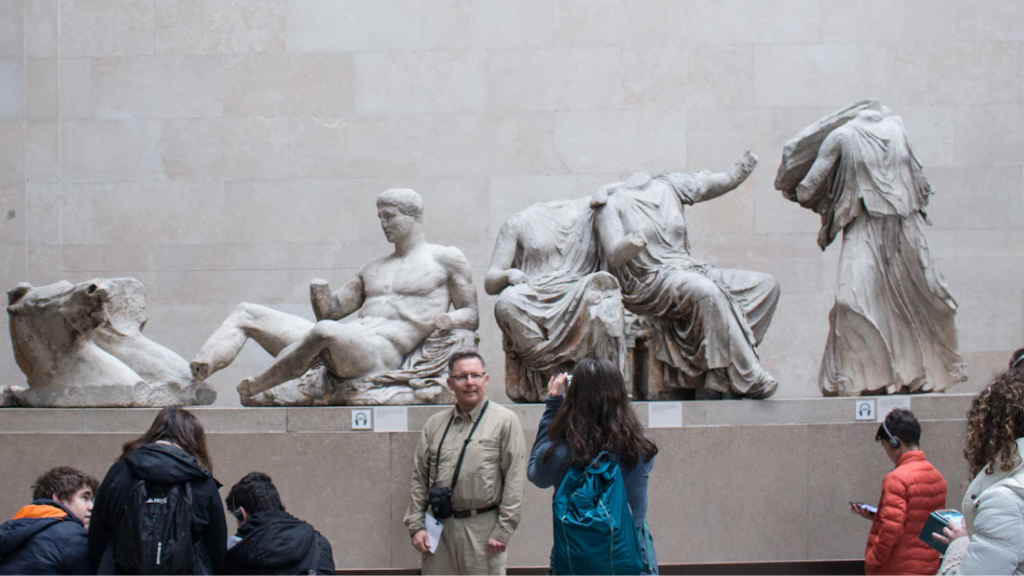
No more freebies: London museums might reinstate admission fees
London’s hallmark — free entry to national museums for both tourists and locals — may soon be a thing of the past. Experts argue that this “charity” is detrimental to the museum sector and the exhibits themselves. Afisha.London delves into the issue and explores the experts’ concerns.
The Labour government proposed making art accessible without charge back in 1997. Previously, museum entry was free, but in the 1980s, the Conservatives mandated admission fees. Many museums resisted this initiative (like The National Gallery and Tate) and maintained free entry for Britons. Over the next 15 years, visitor numbers to free museums significantly increased, while attendance at others declined.
Eventually, the initiative was approved in 2001, but since then, it has sparked heated debates in Parliament between Conservatives and Labour members.
Read also: Boris Anrep in London: A Don Juan and the Love of Anna Akhmatova
National museums relinquished revenue from ticket sales in exchange for additional government support, opening their doors to all in December 2001. This led to a substantial increase in visitors — on average, by 70%. More details about this initiative and free museums can be found here.
- British Museum. Photo: Nicole Baster on Unsplash
- Natural History Museum. Photo: Karsten Winegeart on Unsplash
Museums that do not receive state support, of course, cannot afford such luxury. Even in national galleries, some new exhibitions remain ticketed, costing an average of £16-24 per ticket. However, certain museums continue their humanitarian policies, like The National Gallery’s “Pay what you wish” programme on Friday evenings, where entry can be as little as £1.
Dr. Gabriele Finaldi, Director of The National Gallery, discusses the “Pay what you wish” initiative in our video review:
Overall, the main light of world art presented in London today can be viewed for free. But what’s the downside?
The government and philanthropists cannot cover the budget shortfall, and museums desperately need additional funding, says art critic and historian Ben Lewis. Since 2009, government spending on museums has decreased by 36.7% in England, 31% in Wales, and 23% in Scotland for various reasons.
Read also: Tate Modern opens its doors to “Expressionists: Kandinsky, Münter and the Blue Rider”
Museum staff earn less than the average London teacher (the average salary of a curator at the British Museum is £31,000, which is £6,000 less than a teacher’s salary). This doesn’t even include security guards, cleaners, and others. But low wages aren’t the only issue — last year, a scandal erupted when 2,000 items were stolen from the British Museum. This was possible because millions of items are uncatalogued due to a lack of funds.
Invalid slider ID or alias.
All these problems could be solved by charging an entry fee. For example, last year, the British Museum had about 5.8 million visitors — if they had paid at least £5 for entry, says Lewis, it would have amounted to £29 million (the cost of necessary cataloguing is estimated at £10 million). Tate Modern had 4.7 million visitors, which would have generated £23.5 million if they had charged the same £5 entry fee.
Proponents of free entry argue that art is a public good, and everyone should have the opportunity to enjoy it for free. The argument seems naive, as any piece of art does not exist in a vacuum and maintaining the entire infrastructure requires regular investments and oversight. Experts note that English Heritage or National Trust sites charge entry fees, sometimes quite substantial, and other museums around the world, like the Louvre in Paris, charge for entry (£18.75 or €22) and have no shortage of visitors.
Lastly, researchers argue that museums try to keep culture under the control of wealthy sponsors with political connections. Universal entry fees would create democratic equality, and multimillionaires would no longer influence museum policies.
Margarita Bagrova, founder and director of the educational art project for young audience “Museum Cat” in London, states:
Admission fees for national museums will undoubtedly reduce the number of families attending museum tours and art programmes. In the “Museum Cat” programme list, 80% of tours are conducted in museums with free entry. Not only because they are free, but because they are the most interesting and informative museums for our young audience. We also conduct tours in Royal museums and those not participating in the subsidy programme: such as The Tower of London, St. Paul’s Cathedral, The Westminster Abbey, The Parliament, and Churchill’s War Rooms, and we visit paid exhibitions.
Of course, we know it’s much harder for clients to decide on a double fee (entry and tour fees). We risk a lot including such tours in our set, but generally, we continue to maintain 15-20% of our total programme schedule for visits to such museums because without them, the historical and cultural picture of the city and country wouldn’t be complete. Once you need to see them with a guide who can draw children’s and adults’ attention to interesting and usually overlooked details.
Understanding the strain on museum infrastructure, I, as the head of “Museum Cat”, highly respect such a risky step as free entry, so I regularly make contributions from our tour revenues. Museums’ websites have a Donations option where you can leave a sum to support the museum.
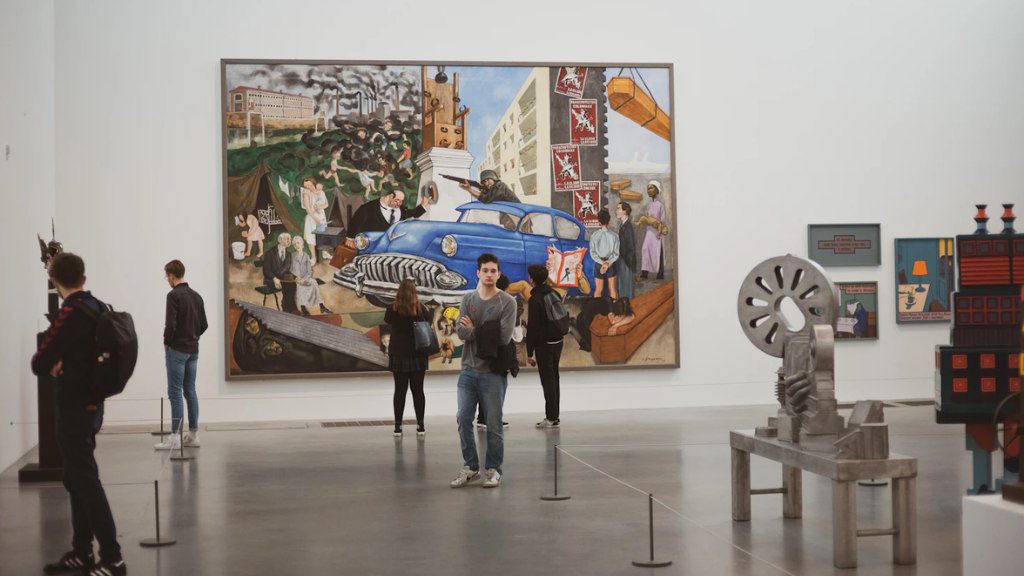
Tate Modern. Photo: James Genchi on Unsplash
Opponents of reinstating entry fees insist that solutions should be sought in other areas, such as tax reforms in favour of the arts instead of military spending (which sounds unlikely, of course).
They also note that museum visits are often family events, and while costs for one person may seem small, the situation changes if three or more people go. Will Jennings, an artist and curator from London, notes that any entry fee will reduce visitor numbers and push people towards streaming and other online entertainment. Meanwhile, the UK, with its initiative of free museum entry, guarantees equal access to art for absolutely every resident and visitor of London, encouraging people to engage with culture.
Cover photo: Nicole Baster on Unsplash
Invalid slider ID or alias.
Read also:
Bakst, Benois and Dobuzhinsky: How an Extensive Collection of Russian Art Ended Up in Oxford
Exploring Malevich: Locations and Insights into His Revolutionary Art
Antonio Canova’s ‘Three Graces’: Crafting a Neoclassical Masterpiece
SUBSCRIBE
Receive our digest once a week with quality Russian events and articles

